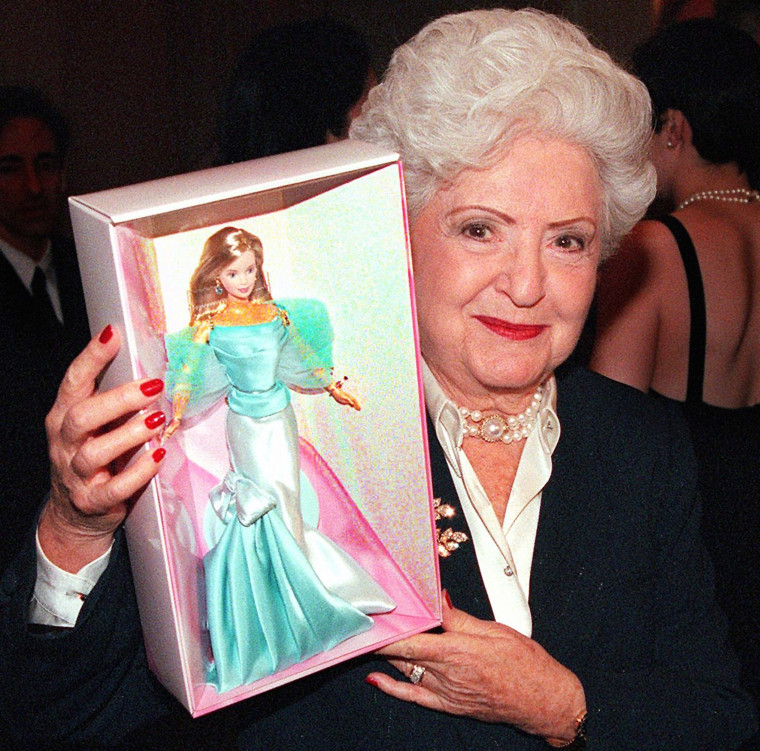Generate your Barbie



Barbie, in full Barbara Millicent Roberts, a plastic doll with the figure of an adult woman that was introduced on March 9, 1959, by Mattel, Inc., a southern California toy company. Ruth Handler, who cofounded Mattel with her husband, Elliot, spearheaded the introduction of the doll. Barbie’s physical appearance was modeled on the German Bild Lilli doll, a risqué gag gift for men based upon a cartoon character featured in the West German newspaper Bild Zeitung.

Since the 1970s, Barbie has been criticized for materialism (amassing cars, houses, and clothes) and unrealistic body proportions. In fact, in 1994 researchers in Finland announced that if Barbie were a real woman, she would not have enough body fat to menstruate. Mattel responded by changing the body mold for Barbie on several occasions. At the turn of the 21st century the doll was given smaller breasts, a wider waist, and slimmer hips, and in 2016 the company released three additional sizes of Barbie: petite, tall, and curvy.

Despite complaints, many women who played with the doll credit Barbie with providing an alternative to restrictive 1950s gender roles. Unlike baby dolls, Barbie did not teach nurturing. Outfitted with career paraphernalia, the doll was a model for financial self-sufficiency.